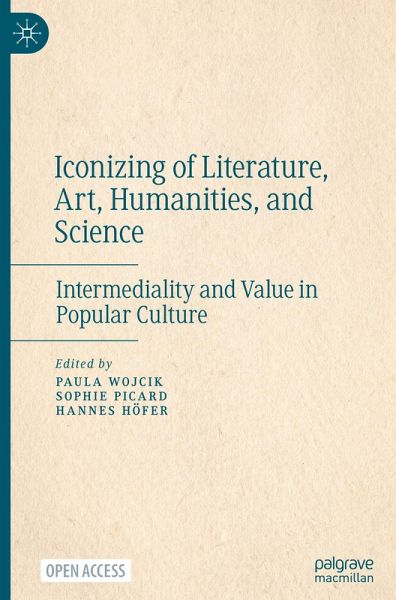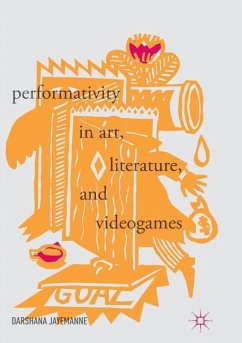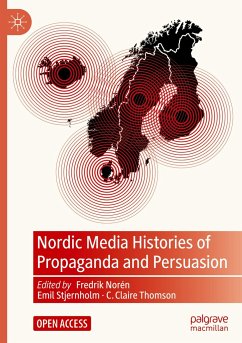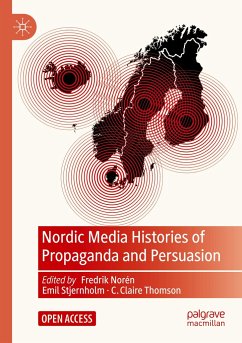
Iconizing of Literature, Art, Humanities, and Science
Intermediality and Value in Popular Culture
Herausgegeben: Wojcik, Paula; Picard, Sophie; Höfer, Hannes
Versandkostenfrei!
Versandfertig in 1-2 Wochen
127,99 €
inkl. MwSt.

PAYBACK Punkte
64 °P sammeln!
Why do people wear shirts with the Shakespeare quote to be or not be? or a portrait of philosopher Slavoj Zizek? How does popular and mass media adaptation and appropriation influence theoretical or literary concepts like deconstruction or the Kafkaesque ? Why are Lolita, Leonardo Da Vinci s Mona Lisa, and Einstein ubiquitous and yet Leopold Bloom, Francisco de Goya s The Naked Maja, and Leó Szilárd are not? Our answer is simple: because some works, persons, literary characters, pieces of music, or even theoretical concepts are cultural icons. Cultivated by expert and in popular culture they...
Why do people wear shirts with the Shakespeare quote to be or not be? or a portrait of philosopher Slavoj Zizek? How does popular and mass media adaptation and appropriation influence theoretical or literary concepts like deconstruction or the Kafkaesque ? Why are Lolita, Leonardo Da Vinci s Mona Lisa, and Einstein ubiquitous and yet Leopold Bloom, Francisco de Goya s The Naked Maja, and Leó Szilárd are not? Our answer is simple: because some works, persons, literary characters, pieces of music, or even theoretical concepts are cultural icons. Cultivated by expert and in popular culture they become representatives of what is considered to be outstanding or even a peak of human culture. As cultural icons they are venerated and sometimes desecrated in manifest or metaphorical iconoclasms. By exploring cultural icons and their role in popular culture, the contributions from the fields of theology, musicology, history, fine arts, linguistics, film studies, literary studies, media studies, and cultural studies provide a deeper understanding of the ways in which cultural meaning and value are created, communicated, and disseminated in our daily lives.
This is an open access book.
This is an open access book.












